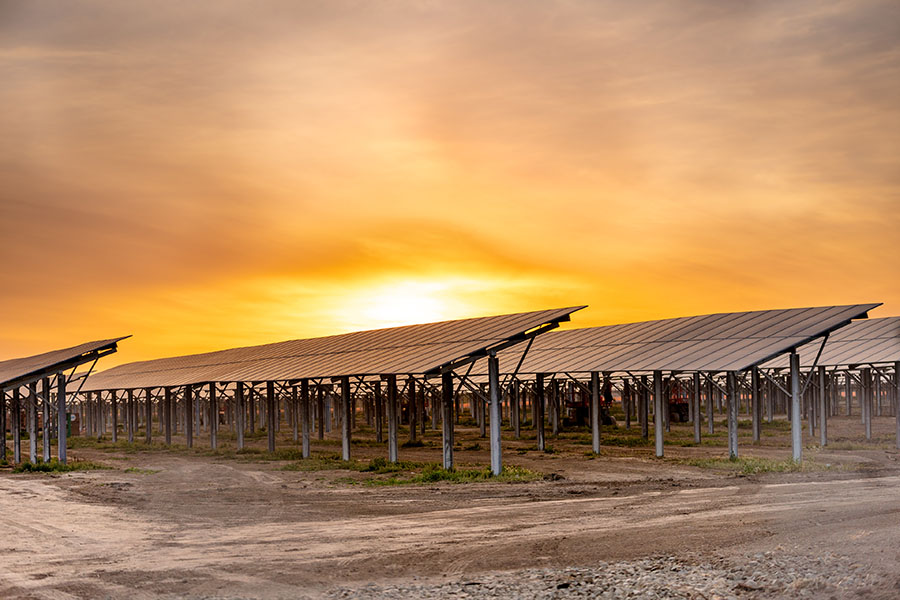 March 30, 2023 - The first CSU Channel Islands (CSUCI) Climate Action Plan sets an ambitious goal of becoming carbon neutral by 2040, five years before the target for the state of California.
March 30, 2023 - The first CSU Channel Islands (CSUCI) Climate Action Plan sets an ambitious goal of becoming carbon neutral by 2040, five years before the target for the state of California.
The just-adopted plan also surpasses the California State University system goal, which is to achieve an 80% reduction in greenhouse gas emissions by 2040.
“This is a monumental moment in CSUCI’s history,” said Sustainability and Energy Director Roxane Beigel-Coryell. “We are honoring our founding as the Green Campus 20 years ago by deepening our commitment to being responsible stewards and leaders in sustainability and social justice.”
To be carbon neutral requires that the University eliminate its greenhouse gas emissions from the main CSUCI campus in Camarillo and its Channel Islands Boating Center in Oxnard. The University will prioritize reducing its emissions and only consider carbon-offset purchases to address emissions that can’t be avoided or reduced. Most reductions are planned to take place in the first eight years.
The plan requires bold action but allows flexibility to reflect the latest research, emerging technologies, best practices, strategic opportunities and innovative solutions.
Key steps include the following:
- Begin to store excess solar energy created by the solar field on campus to use during evenings and provide renewable backup power.
- Use 90% renewable electricity by 2030.
- Divert 80% of waste from landfills by 2040.
- Pursue a minimum of LEED (Leadership in Energy and Environmental Design) Platinum or Gold certification for all new construction and major renovation projects.
- Use only electric small off-road engine equipment by 2035 and zero-emissions heavy-duty fleet vehicles by 2045.
- Improve access for pedestrians and transit riders and incentivize zero-emissions transportation and carpooling to address the fact that student and employee commuting represents the largest share of emissions at 47%.
The plan also calls for including sustainability curriculum in required general education courses.
The adoption of the plan by President Richard Yao’s Executive Leadership Team capped a three-year planning process led by the Sustainability Working Group made up of faculty, staff, students and administrators. The rest of the campus community had opportunities to provide input through surveys, focus groups and forums that elicited support for audacious goals.
